Emergency Management
Strategic Preparedness. Effective Response. Resilient Recovery.
iParametrics is a nationally trusted partner in emergency management and disaster recovery, delivering comprehensive, real-world support to public agencies before, during, and after disaster events. With over 20 years of boots-on-the-ground operational experience and involvement in more than 80 presidentially declared disasters, our team brings unparalleled insight to the full emergency management lifecycle—preparedness, planning, response, recovery, and mitigation.
Our multidisciplinary experts empower communities to:
- Develop and refine emergency operations and continuity plans
- Manage and coordinate emergency response and incident operations
- Maximize recovery funding and ensure compliance with FEMA, HUD, and other federal programs
- Design and implement strategic hazard mitigation initiatives
- Oversee efficient and compliant debris management operations
- Strengthen local capacity through tailored training and Emergency Operations Center (EOC) support
Whether deploying incident management teams, leading post-disaster recovery programs, or developing long-term resilience strategies, iParametrics delivers scalable, mission-focused solutions rooted in decades of operational field experience.
Let us help you prepare for the unexpected and lead with resilience.
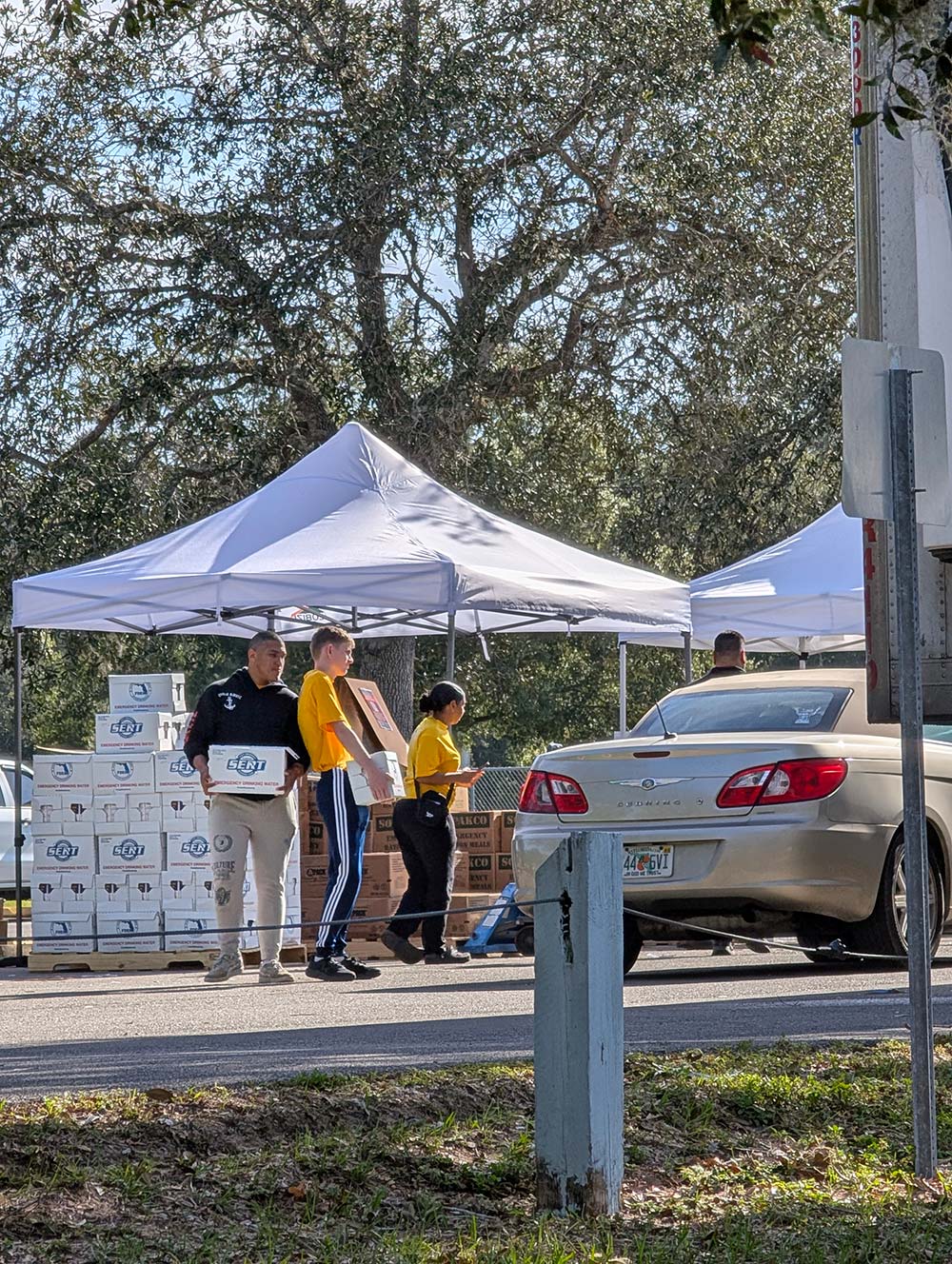

Business Line Leader
Shanti Smith-Copeland, EdD, FPEM, CEM
Director of Emergency Management
Dr. Smith-Copeland is the Director of Emergency Management at iParametrics and brings over two decades of experience in crisis and emergency management. She is a recognized leader in the field, particularly for her ability to navigate the complex intersection of disaster response and political dynamics.
Featured Emergency Management Projects

Florida Division of Emergency Management: IMT & EOC Support

Johns Hopkins All Children’s Hospital: Disaster Recovery & Grant Management
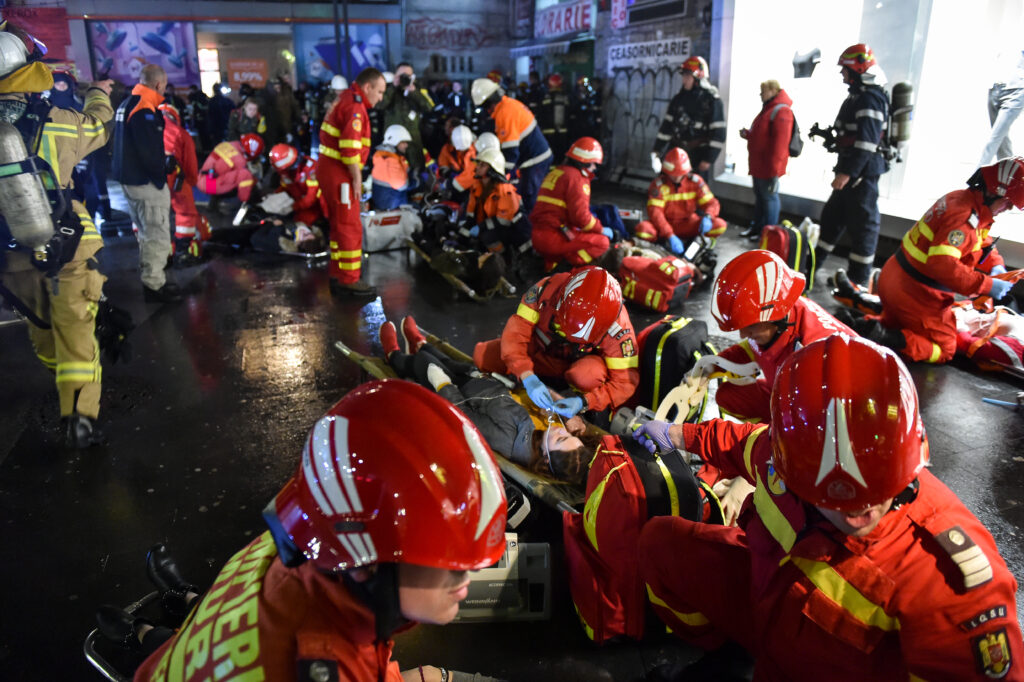
East Central Florida Regional Planning Council: Training

AdventHealth: Emergency Recovery & Mitigation Consulting
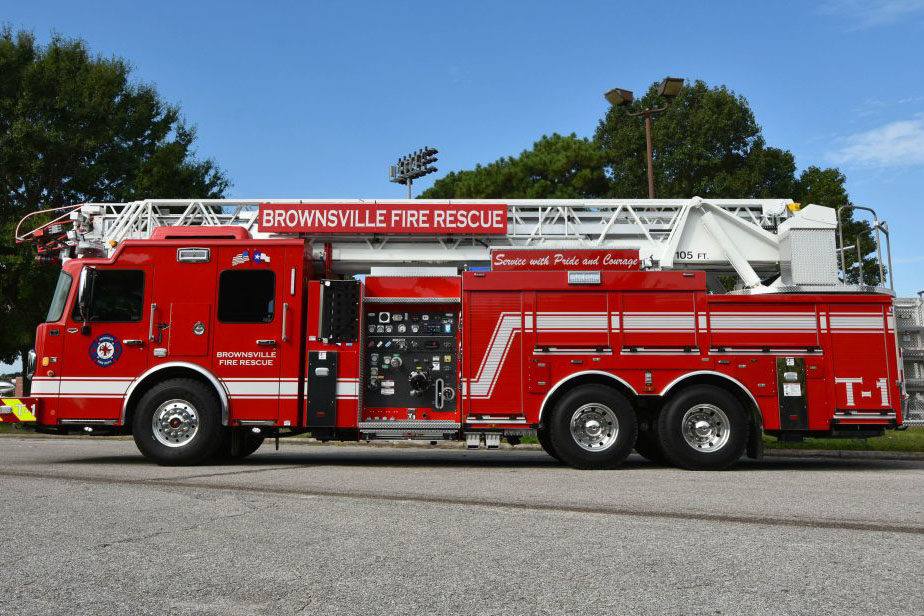
Brownsville, Texas: Emergency Services Review

Rhode Island Commerce Corporation: ARPA Grant Program Administration

Reno County, Kansas: ARPA Grant Program Administration
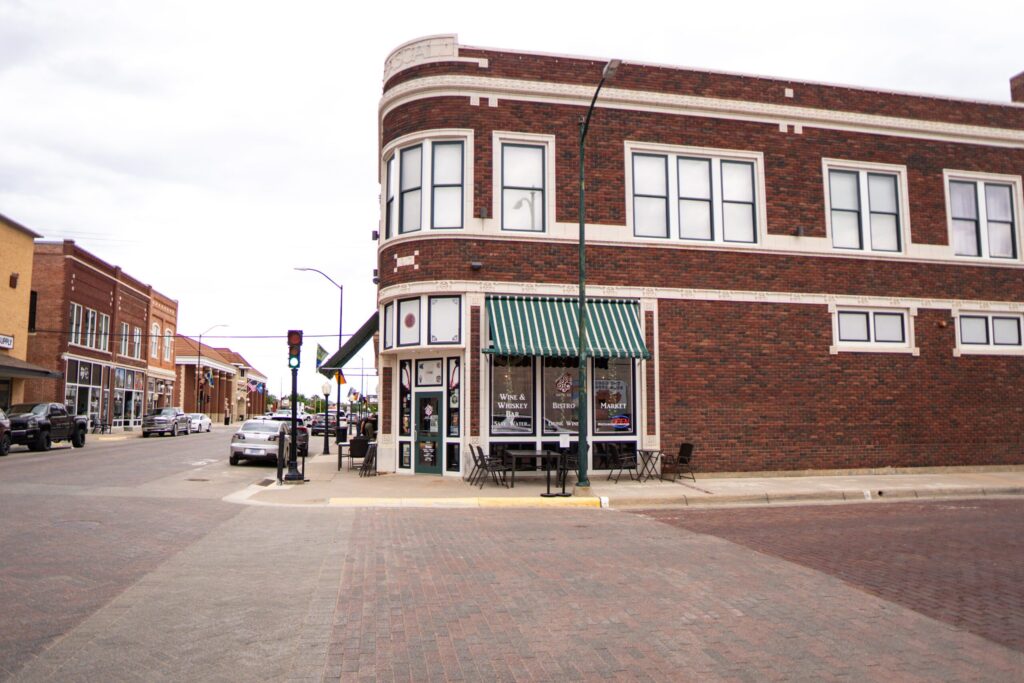
Ellis County, Kansas: ARPA Grant Program Administration

AdventHealth North Pinellas: Hazard Mitigation Grant Program
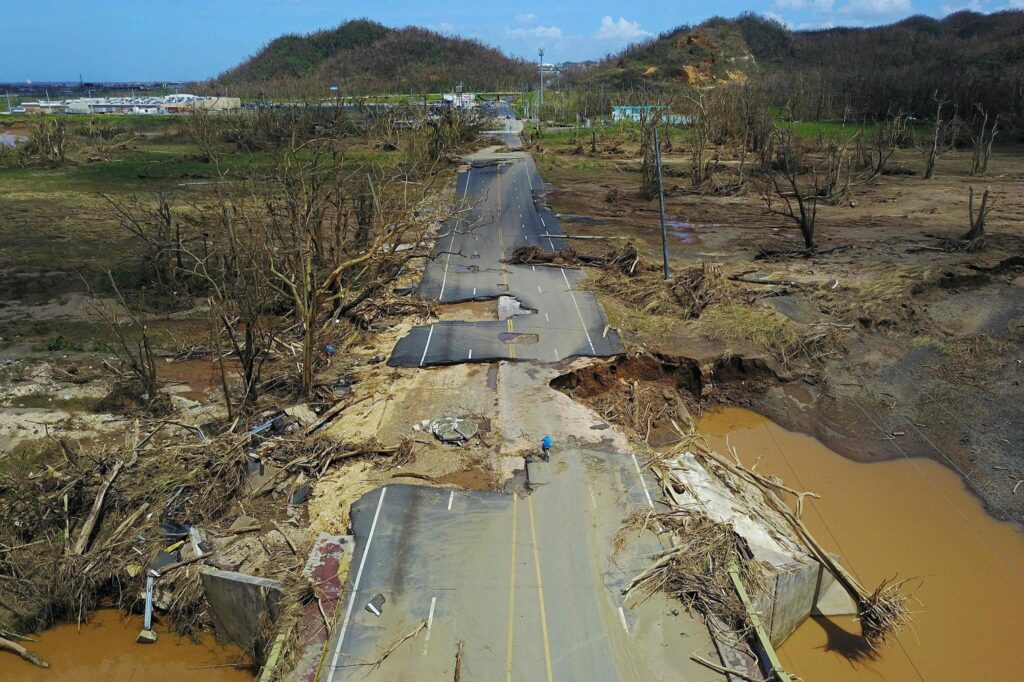
FEMA: Hurricane Maria Public Assistance

Hutchinson, Kansas: ARPA Grant Program Administration

Seward County, Kansas: ARPA Grant Program Administration

Saline County, Kansas: ARPA Grant Program Administration

Finney County, Kansas: ARPA Grant Program Administration
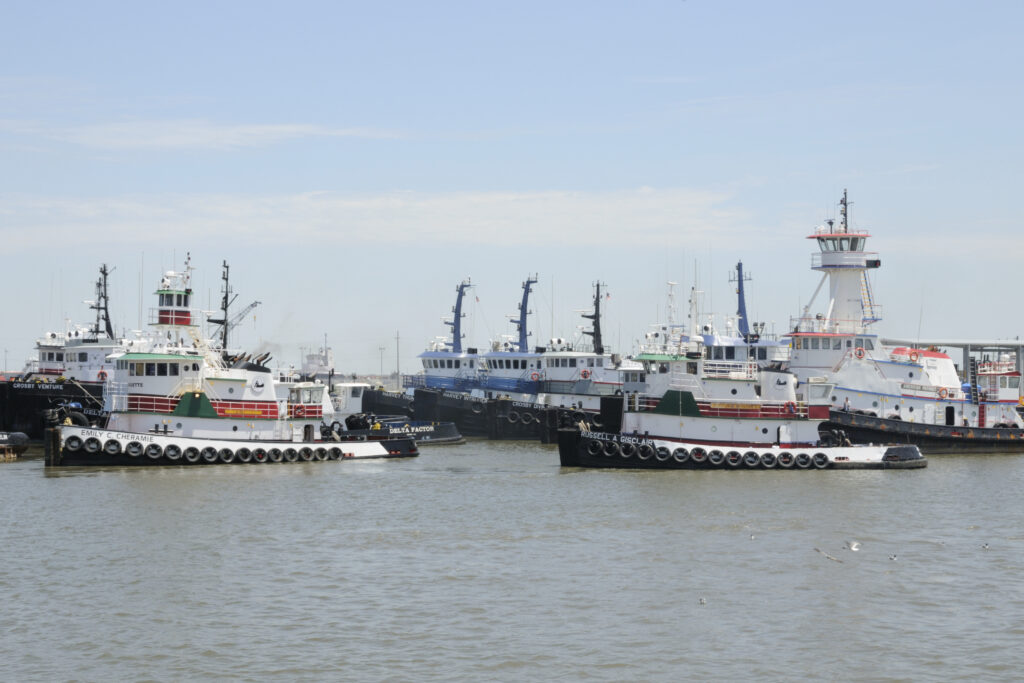
Greater Lafourche Port Commission, Louisiana: Disaster Recovery
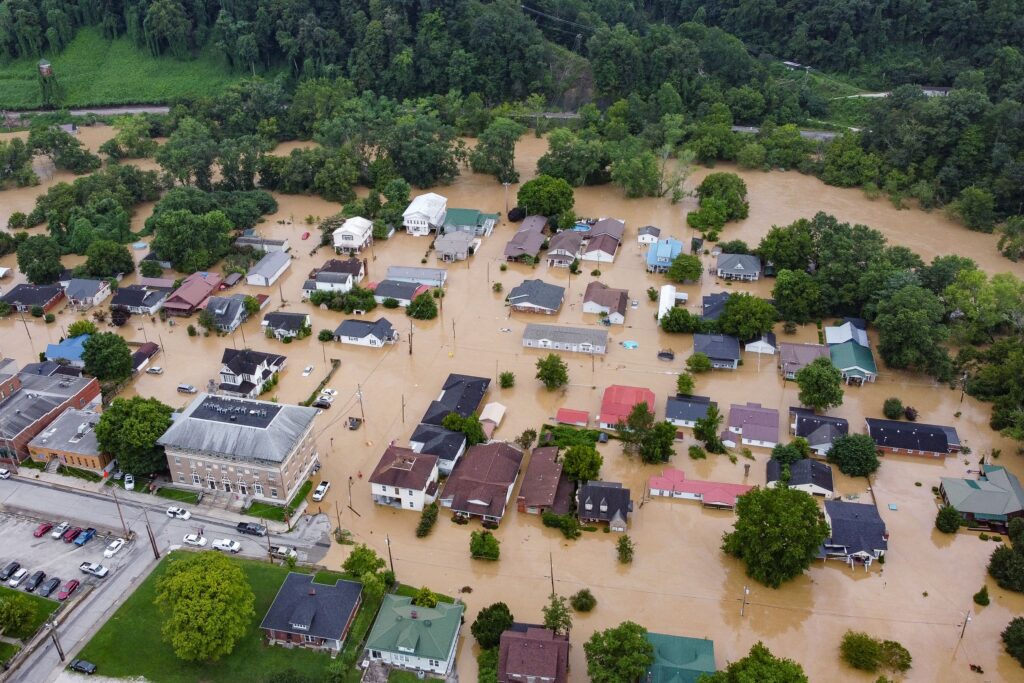
Perry County, Kentucky: Disaster Recovery

Hernando County, Florida: Disaster Recovery Case Management

Yellowstone National Park: Emergency Operations Plan
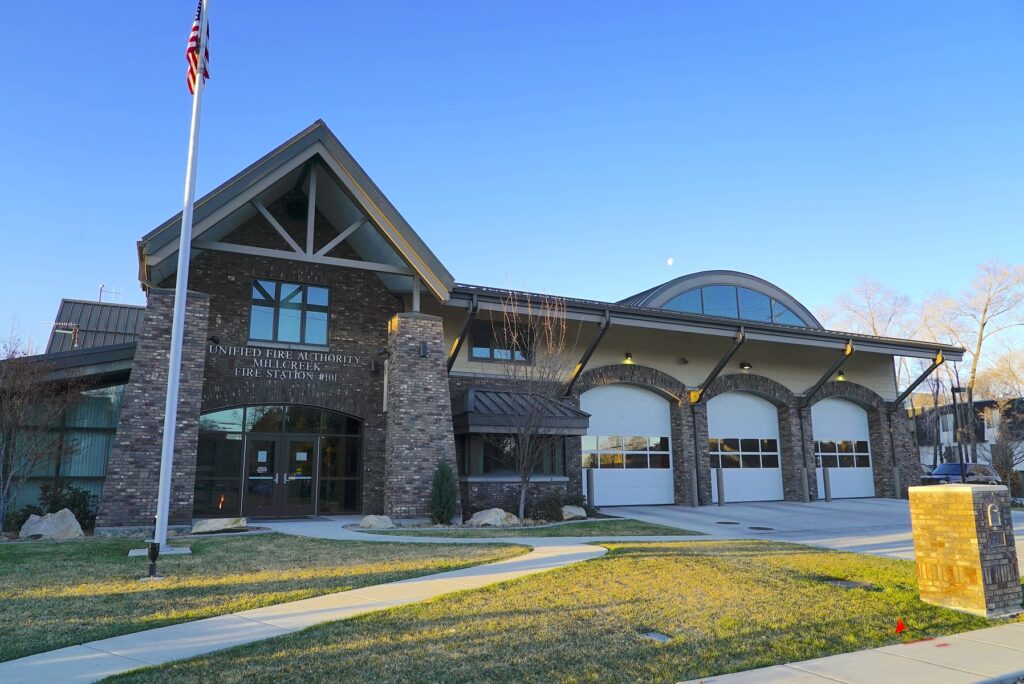
Utah Unified Fire Authority: Cybersecurity Tabletop Exercise
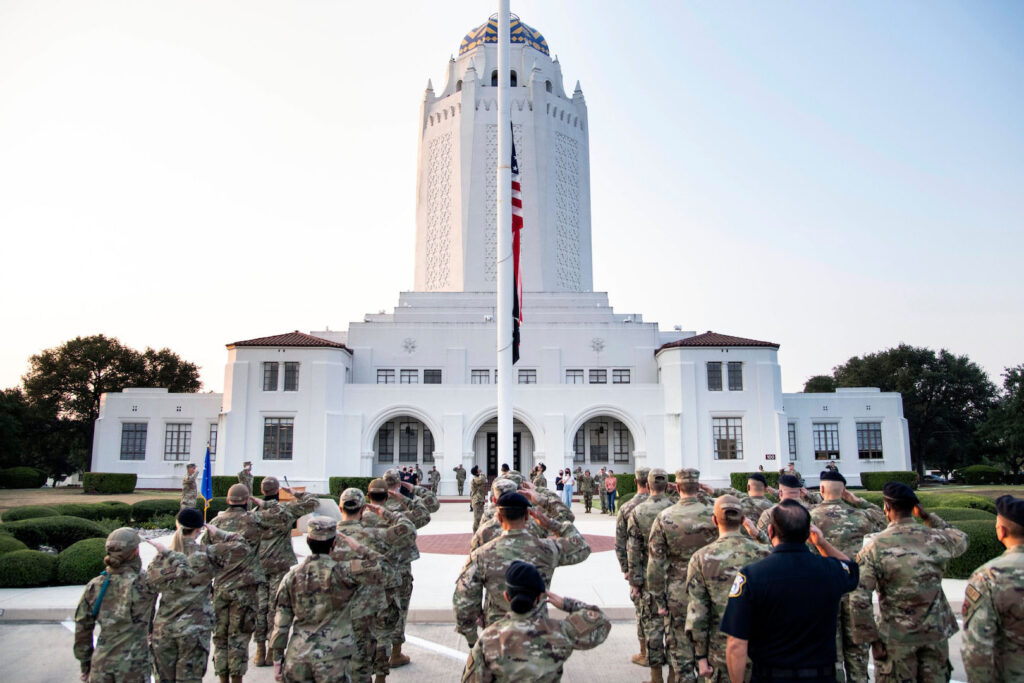
USAF Joint Base San Antonio: Military Installation Resilience Review (MIRR)

U.S. Army Pine Bluff Arsenal, Arkansas: Military Installation Resilience Review (MIRR)

The Unified Government of Wyandotte County & Kansas City, Kansas: Hazard Mitigation Plan Update

Fayette County, Georgia: Hazard Mitigation Plan Update

Tufts University: Hazard Mitigation Plan Update

Hamburg, New Jersey: ARPA Grant Program Administration

Portland, Oregon: Incident Management Team Mobilization

Chatham County, Georgia: ARPA Grant Program Administration

Fayetteville, North Carolina: ARPA Grant Program Administration

Providence, Rhode Island: ARPA Grant Program Administration

Lowell, Massachusetts: ARPA Grant Program Administration
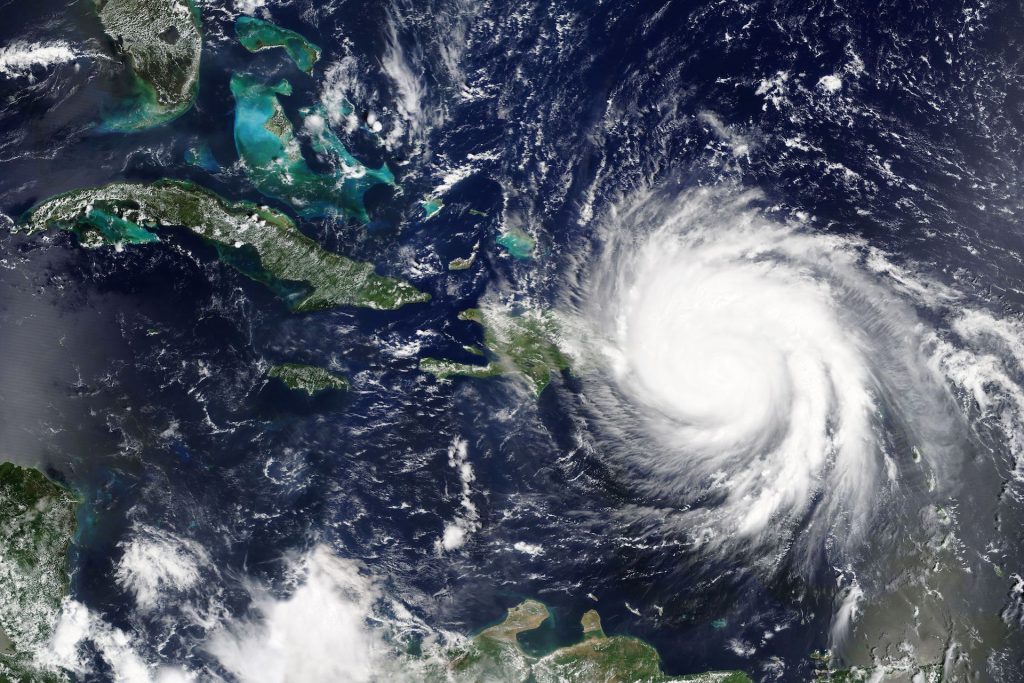
FEMA Public Assistance Technical Assistance Contract
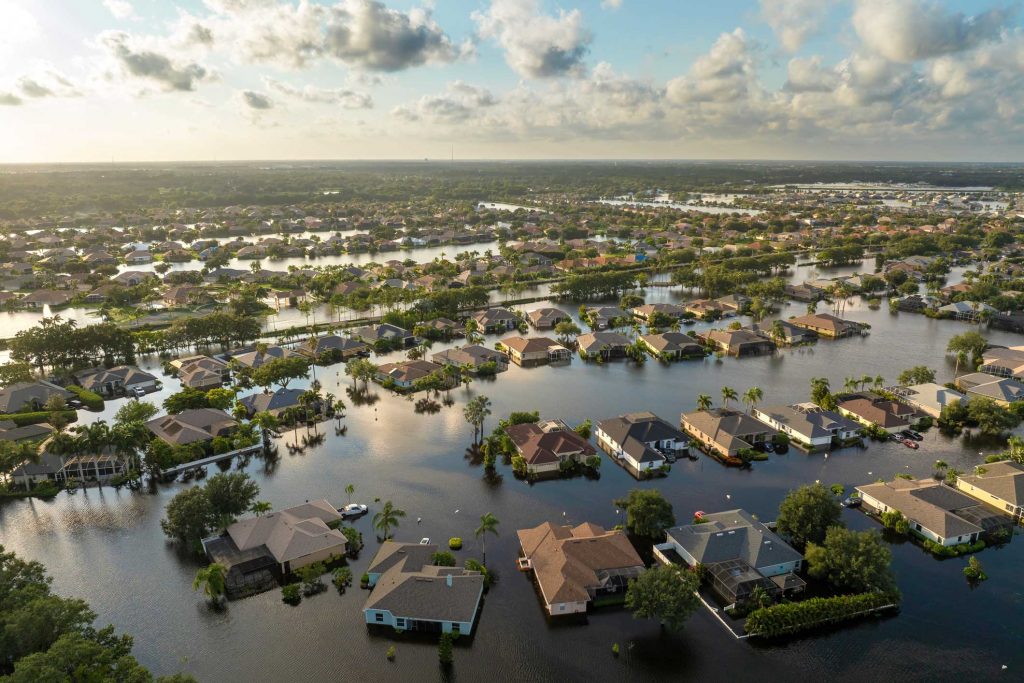
Crisis Management Plan Training
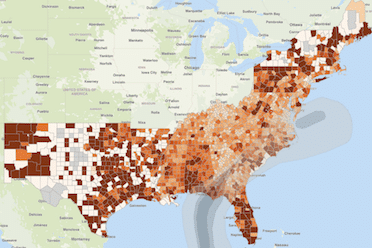
Rapid Hurricane Response Application

Georgia Mountain Regional Commission: ARPA Grant Program Administration

COVID-19 Online Training
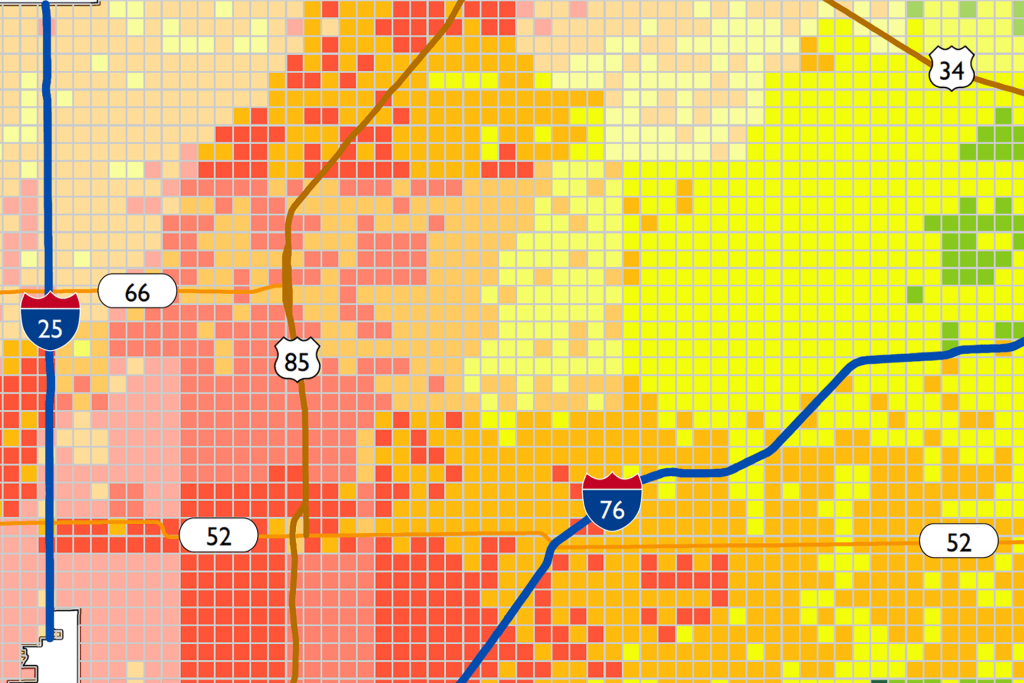
Weld County, Colorado: Hazard Mitigation Plan Update

U.S. Army Corps of Engineers: Hurricane Econometrics Model

Mecklenburg County, North Carolina: Security & Emergency Management Planning & Training

New Jersey Department of Treasury: Hurricane Sandy Disaster Recovery

FEMA Public Assistance Learning Management System
Interested In Joining Our Growing Team?
Be part of something bigger—start your journey with us.
